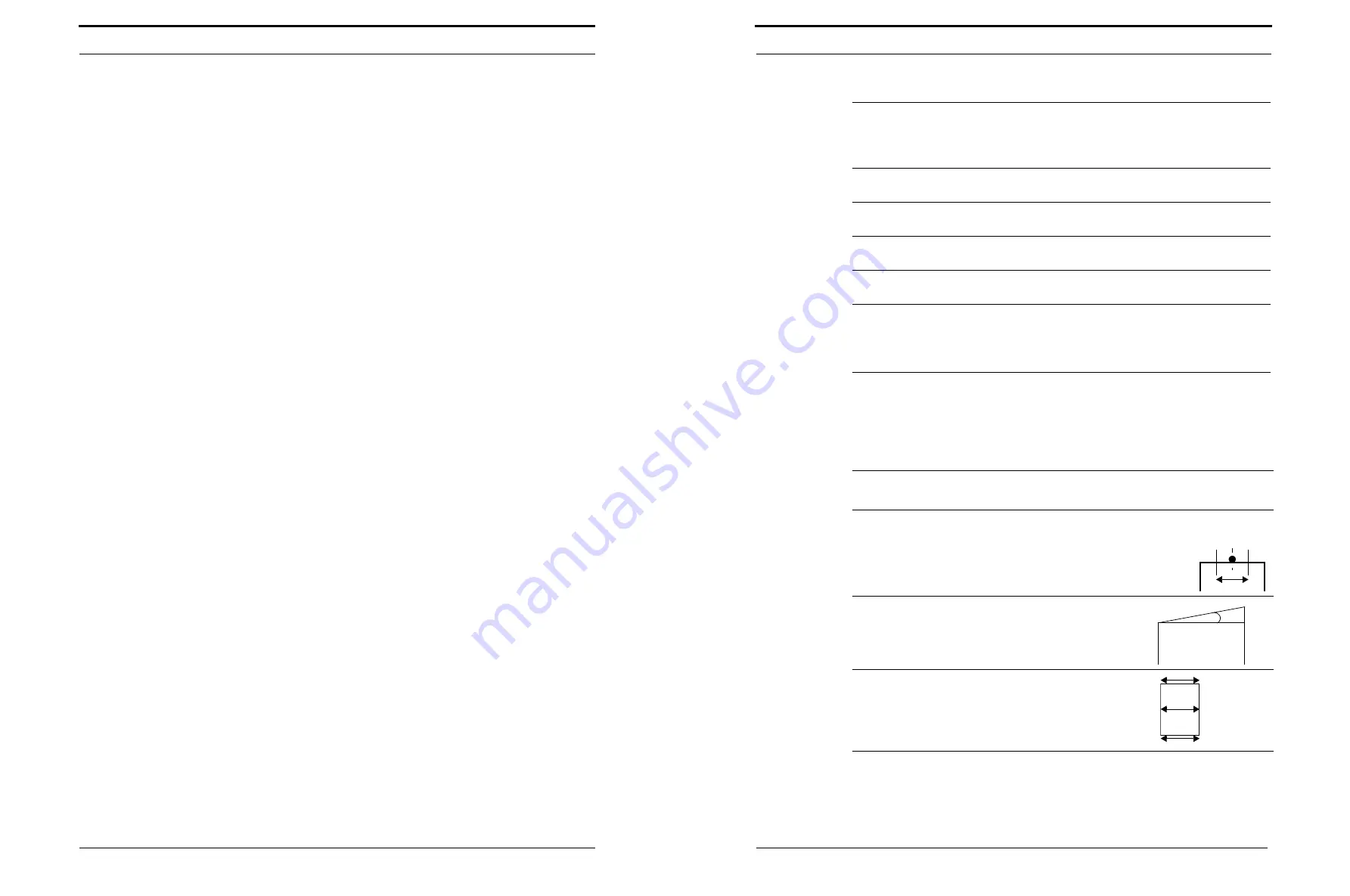
Description of Operation
8
Plockmatic PowerSquare™ 224 - Service Training Workbook
The PBR5 bridge does not have static elimination bars. Blue, non-conductive
belts and additional anti-static brushes remove the static charge on the paper.
An optical sensor in the bridge infeed sees that a piece of paper has entered the
system. Another optical sensor at the entry to the gathering area sees that the
paper has left the bridge. If the time between the operation of the sensors is
more than a calculated period, a paper jam is indicated. The PSQ sends an
error message to the printer. The print job and the PSQ stop.
3.2
The Gathering Area
When the paper is fed into the gathering area, the paper falls between the
endlays and sidelays. The endlays and sidelays are adjusted by the PSQ
according to the paper size selected. This adjustment is important and
necessary to the quality of the finished book. Adjustments to the sidelays and
endlays are made with two 24V DC electric motors.
The tamper fingers guide smaller sheets of paper to help them drop between
the sidelays and the endlays. The tamper fingers are positioned and operated
by a stepper motor. The lowest position for the tamper fingers is for the smallest
size of paper. The highest position for the tamper fingers is for A3-size (11 x 17")
paper.
An active gate in the sidelay closest to the stitch head jogs the incoming sheets
into a tidy set. When the set is complete, the active gate lifts away to let the set
move to the stitch position.
When a set is printed the printer sends an ‘end of set’ signal to the PSQ, which
starts the PSQ cycle of operation.
The tamper fingers drop and apply pressure to the top of the set, which
removes the air from between the pages. After a standard interval, the tamper
fingers lift and leave the set ready for collection by the shuttle. A rear tamper in
the gathering area prevents sheets from riding-up over the rear pick-up fingers.
3.3
The Shuttle
The set is collected by the shuttle and moved to the 1st stitch position. A cam
mechanism tightens the shuttle pick-up fingers on the set when the shuttle
moves towards the 1st stitch position. The increased hold makes sure the
pages remain in alignment when the set is stitched. The rear or large shuttle
pick-up fingers incorporate rollers to prevent toner deposition that could mark
the covers of the books.
The set is stitched, then moved by the shuttle to the next stitch position. This
process is repeated as necessary to a maximum of 6 stitches. When set to
AUTO, the PSQ automatically calculates the stitch positions. The user can
change the stitch pitch within certain limits. This function can be used to give a
clearance between the stitches and the print on the spine of the book.
Quality Tolerances
Plockmatic PowerSquare™ 224 - Service Training Workbook
41
Copyright © 2016 Watkiss Automation Limited
16.
Quality Tolerances
Power Supply
Adjustable to 200, 208, 220, 230 and 240V
50/60Hz, single phase
Note: startup peak value max 30A. A slow circuit breaker
of minimum 16A is required.
Power
Consumption
standby: 92VA (75W)
in operation: 700VA (500W)
Acoustical Noise
Emission
standby: ambient
in operation: 66 dB (A), peak 87 dB (A)
Approvals
Complies with CE and UL. Conforms to FCC rules Part
15 Class A and VCCI Class A.
Patents
GB.2360013, EP.1138521, US.6692208, JP.5059997
GB.2401820, EP.1479258, US.7325799, JP.4887449
* Standard book is made from 20 sheets of 80gsm bond paper, with 2 stitches.
Production may vary according to operating conditions. In line with a policy of
continual product improvement, the manufacturer reserves the right to alter the
materials or specification of this product at any time without notice.
Sheet Alignment
Sheet to sheet: up to 0.5mm
Within set: up to 1.0mm
Accuracy of
stitching and folding
Stitch position: within 0.5mm of the centreline of the
sheet, measured on an un-trimmed book.
Formed spines: Centreline of stitch within
centre 50% of spine width
Un-formed spines: On spine +/- 1mm
Squareness of
folding
From spine to trimmed edge:
within 0.28°
Accuracy of
trimming
Within 1mm (a, b, c)
50%
x
°
spin
e
open edg
e
a
b
c
illustration
shows a book













































